The Fast Healthcare Interoperability Resource FHIR allows developers to build standardized browser applications that lets providers access data from any EHR. The FHIR data model is a standard for defining resources and associated metadata such as clinical content and other pertinent system information such as the EHRs capabilities in a consistent structured yet flexible modular format.
 Hl7 Vs Fhir Fast Healthcare Interoperability Resources Edi2xml
Hl7 Vs Fhir Fast Healthcare Interoperability Resources Edi2xml
It aims at breaking the barriers of seamless data exchange across various healthcare organizations that a patient typically interacts with.
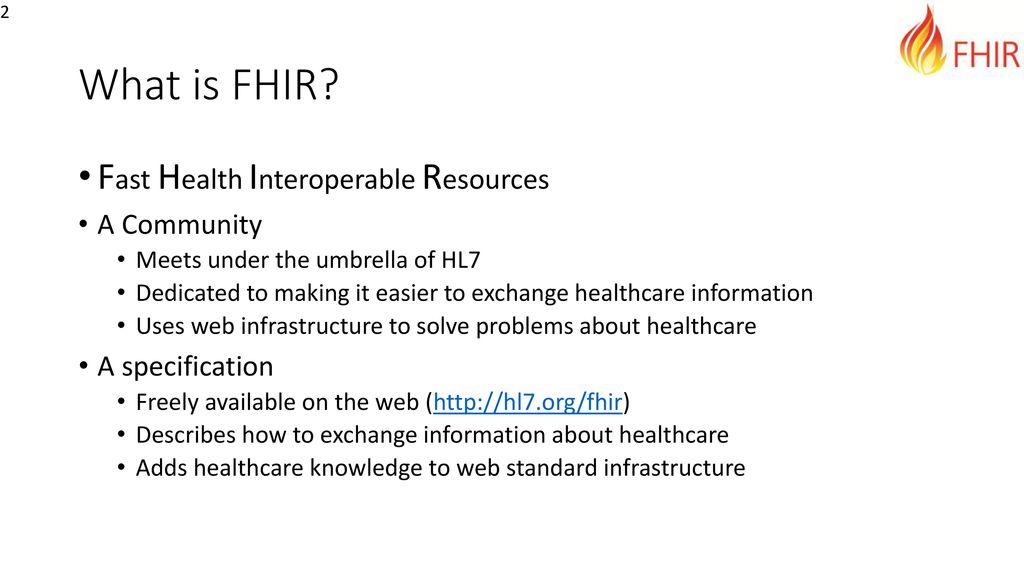
What is fhir. As communication is an essence between patient and doctor or between medical professionals most of the time it is found that there exist a barrier in communication. Fast Healthcare Interoperability Resources FHIR is an interoperability standard for electronic exchange of healthcare information. All exchangeable content is defined as a resource.
FHIR is the latest standard to be developed under the HL7 organization. Pronounced Fire FHIR stands for Fast Healthcare Interoperability Resources. FHIR is introduced to overcome this problem by acting as an interoperability standard that can be adopted by organisations that want to open themselves to opportunities to integrate with other organisations to augment the services they provide.
FHIR is a draft standard describing data formats and elements for exchanging Electronic Health Records. FHIR is the means of achieving this. In this article we will discuss about FHIR in detail.
FHIR is the latest development thats gaining ground fast in the healthcare industry. The Fast Healthcare Interoperability Resource is a draft data standard developed and nurtured by HL7 International. The resource is the foundation of FHIR.
HL7 FHIR data is intended to be consumed by computers but is structured in a way that allows for human readability. FHIR provides an API and a set of data models for structuring and accessing medical data. The source may identify another FHIR server document message database etc.
This standard was developed by the HL7 organization and is being adopted by healthcare organizations around the world. To overcome that barrier FHIR comes in place. FHIR simply is an interoperability standard that creates sharing and exchange of clinical data and records between healthcare professionals and organizations using software that results in cost-efficient care.
IPLATO aims to be a part of this initiative. FHIR is a Health Level Seven International HL7 standard for exchanging healthcare information electronically. What is FHIR.
1 standard defines how healthcare information can be exchanged between different computer systems regardless of how it is stored in those systems. This provides a minimal amount of Provenance information that can be used to track or differentiate the source of information in the resource. The Fast Healthcare Interoperability Resources FHIR - Pronounced fire is an interoperability standard intended to enable the exchange of healthcare data between different health systems.
FHIR is designed specifically only and only for the internet and it works on the concept of resources leading to any content that could be exchanged in any form and used as building blocks to imbibe in the existing systems. FHIR Fast Healthcare Interoperability Resource is a technology that is beginning to provide some consistency to the data that SMART-compliant EHR systems access. FHIR or Fast Healthcare Interoperability Resources is a standard for exchanging healthcare information.
A uri that identifies the source system of the resource.
 Introduction To Fhir Rest Api Youtube
Introduction To Fhir Rest Api Youtube
What Is Fhir Know About Smart On Fhir Dreamsoft4u Pvt Ltd
 Introduction To Fhir And The Role Of Connectathons Ppt Download
Introduction To Fhir And The Role Of Connectathons Ppt Download
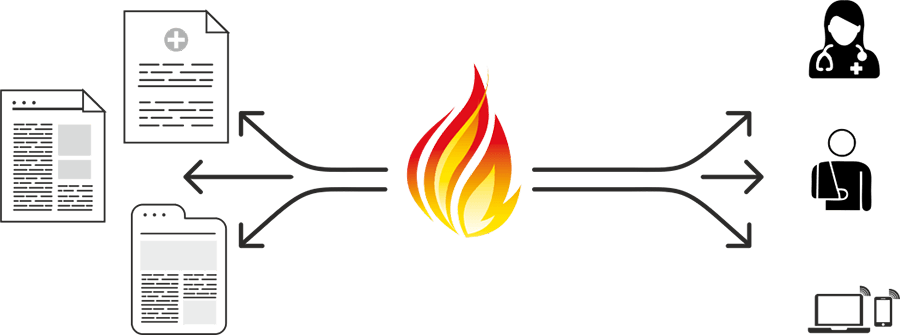 Fhir Integration For Better Patient Engagement
Fhir Integration For Better Patient Engagement
 Introduction Fhir Implementation Guide Creation Training Youtube
Introduction Fhir Implementation Guide Creation Training Youtube
 What Is Fhir Why Hospitals Should Care Capminds Blog
What Is Fhir Why Hospitals Should Care Capminds Blog
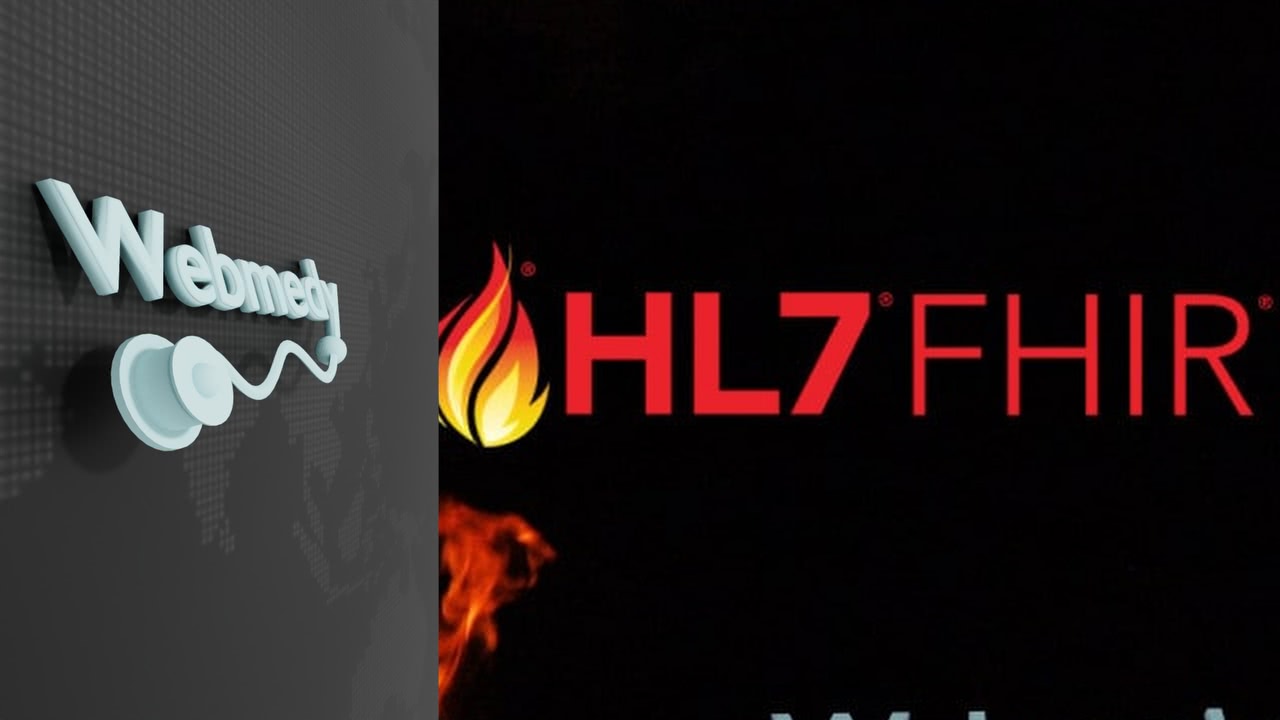 What Is Fhir And Its Benefits And Challenges
What Is Fhir And Its Benefits And Challenges
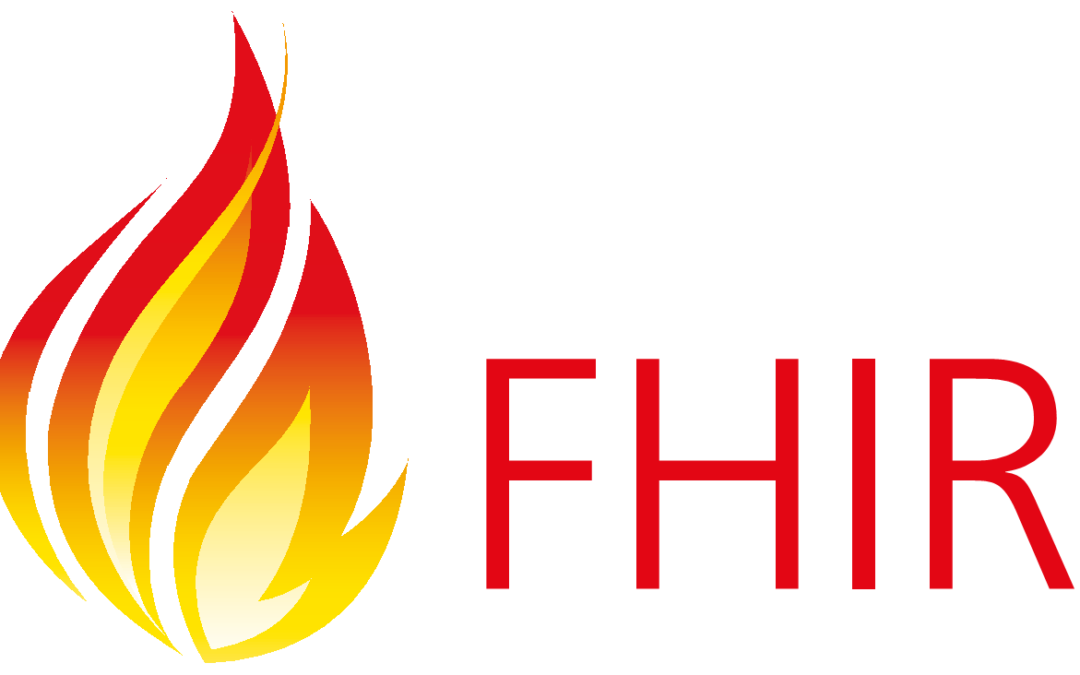 What Is Fhir Fast Healthcare Interoperability Resources By Victor Savevski Medium
What Is Fhir Fast Healthcare Interoperability Resources By Victor Savevski Medium
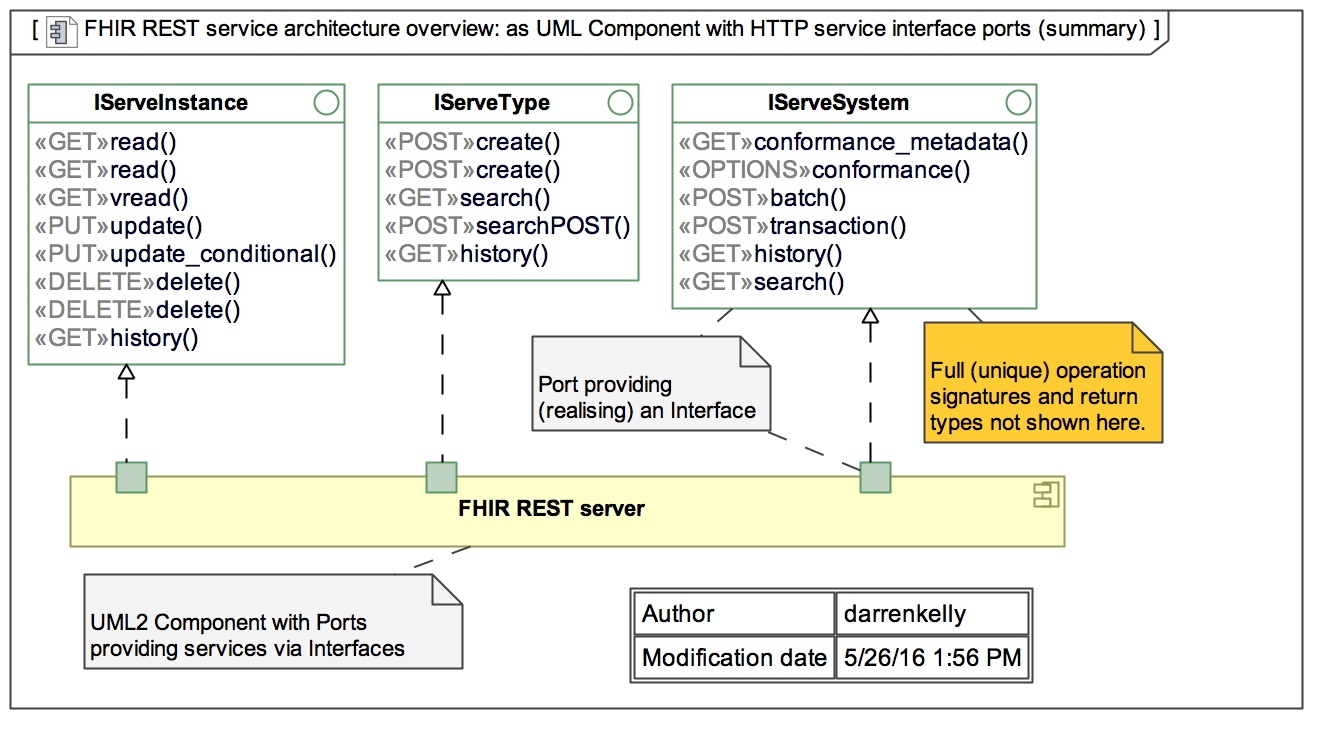



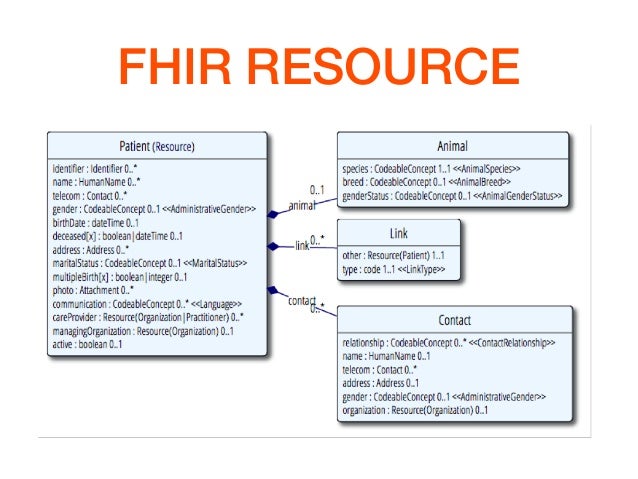


No comments:
Post a Comment
Note: Only a member of this blog may post a comment.